Why Wearables Belong In Your Life Even If You Never Hit The Gym
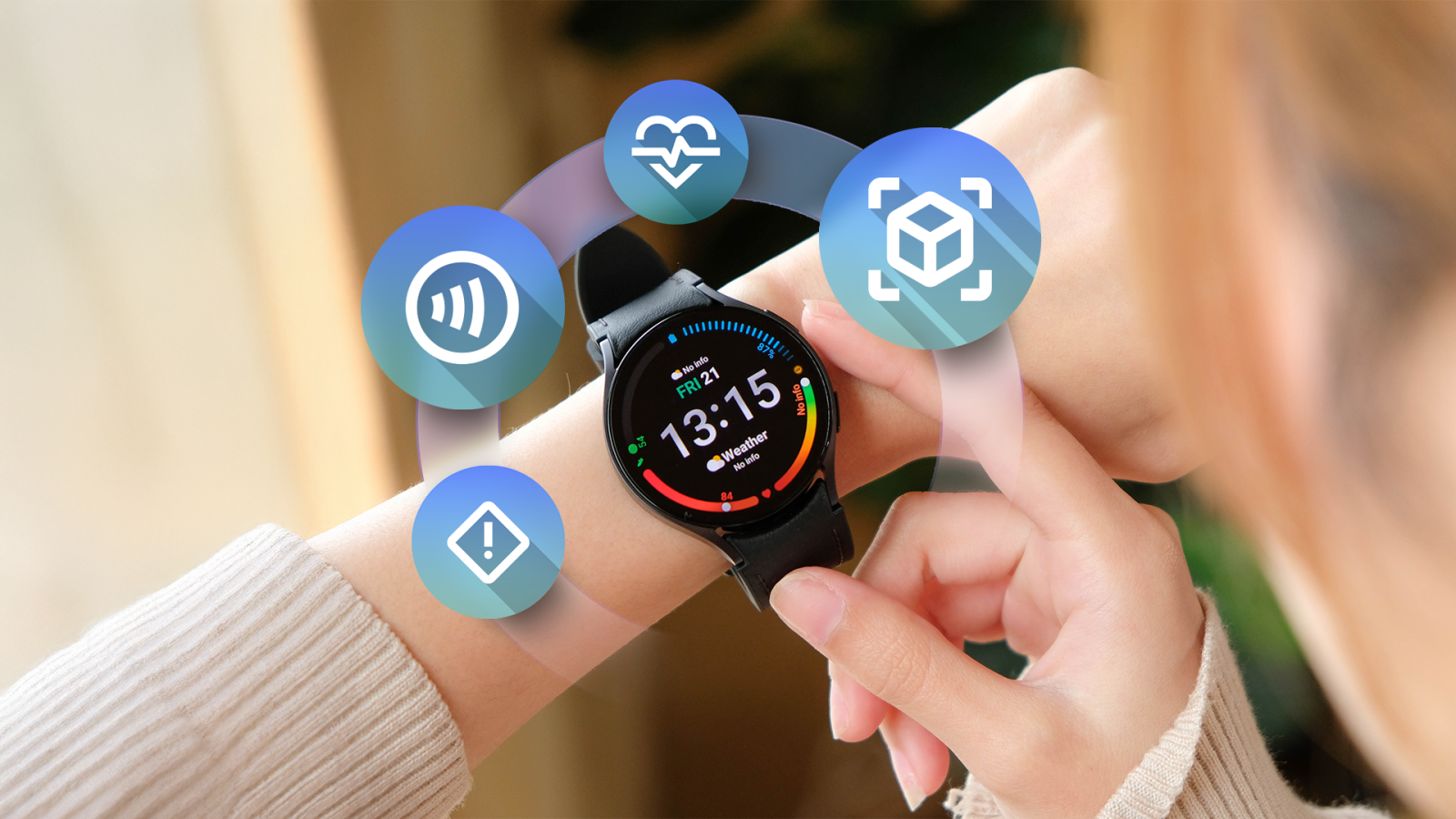
Contents
Wearable tech has come a long way since the days of simple step counters. Smartwatches, smart rings, and AR glasses are now full of practical features that make life easier. Below, we explore ten real-world use cases showing how current consumer wearables can benefit you beyond fitness tracking.

Related
10 Smartwatches and rings help you sleep better

Devices like the Apple Watch and health rings like the Oura Ring 4 monitor sleep quality all night. They track deep sleep, light sleep, REM sleep, heart rate, and skin temperature, then calculate a daily sleep score. These metrics reveal patterns such as poor sleep after late caffeine or movie nights that push bedtime.
Some devices include smart alarms that wake you at the optimal sleep cycle phase. About one in three Americans has tried a sleep tracker, and 78% found it helpful in refining sleep habits. For example, you might set an earlier wind-down routine after your wearable shows a string of restless nights.
9 Get reminders and alerts without touching your phone

A glance at your watch shows your next meeting, an important email, or a grocery list without distraction from a lengthy phone session. This lets you triage priorities without unlocking your phone. Statistics show that text alerts are the device’s most popular feature.
Imagine being in a crowded subway with your phone buried. Your watch can buzz you about an urgent message from your boss, and you can reply via voice or a quick emoji tap. Many smartwatches include voice assistants, so you can set reminders or dictate notes hands-free.
8 Leave your wallet at home with wearable payments

Source: Samsung
Your wearable can replace your wallet. Smartwatches and rings support contactless payments. Wearable payments work like Apple Pay or Google Pay on your phone, but on your wrist. Wearables also store digital passes and keys. Use your smartwatch as a metro transit pass or display a QR boarding pass on your wrist. Some cars and smart home locks support digital keys, so your watch or an NFC ring unlocks doors.
It’s hard to overstate how liberating it is to go for a jog or quick errand with no wallet or phone, yet still grab a drink on the way back.
7 Hands-free navigation with smart haptics and voice

Modern smartwatches offer turn-by-turn directions. The watch taps your wrist in patterns. A series of taps for right turns and a different pattern for left turns. You follow directions without looking at a screen. Your watch nudges you when it’s time to turn. Wear OS and Garmin apps buzz or chime to signal navigation cues.
For drivers or cyclists, glancing at a map on a smartwatch is easier than pulling out a phone. If you wear audio-capable glasses (like the Ray-Ban Meta smart glasses), you can have directions spoken into your ear.
Augmented reality is also entering the mix. AR navigation demos show how glasses can project route guidance onto your view in real time.
6 Wearables can call for help in an emergency

Many smartwatches include emergency features that save lives. A prime example is a smartwatch with Fall Detection. If the watch’s sensors detect that you took a hard fall and don’t move afterward, it automatically calls emergency services and sends your location.
Beyond falls, wearables act as emergency lifelines. Press and hold a button on your Apple or Galaxy Watch to trigger an SOS call to 911 and send your GPS location to emergency contacts. Newer watches can detect if you’ve been in a car crash. Health monitoring features warn you if your heart rate spikes or drops, indicating a potential medical issue.
5 Your wearable can help you manage stress

Wearables monitor subtle bodily signals to reveal your mental condition. Many smartwatches and rings measure fluctuations between heartbeats as an indicator of stress. If your resting heart rate rises above your baseline, your wearable flags stress or fatigue.
These insights prompt targeted health actions. For example, Apple and Samsung watches include Breathe and Mindfulness features that suggest brief relaxation sessions. Over time, you can see patterns. For example, “Whenever my weekly stress score is high, I catch a cold.” With that information, you can prioritize rest during high-stress periods.

Related
4 Assistive tech features are built into your smartwatch

One of the most inspiring aspects of wearable tech is its accessibility for people with different needs. Wearables translate, transcribe, vibrate, and speak to meet diverse needs. For example, the Apple Watch’s subtle haptic alerts, mentioned above, are a boon for the visually impaired.
Augmented reality glasses improve accessibility for hard-of-hearing users. AR devices can display real-time subtitles. This technology allows someone with hearing loss to follow group discussions or TV audio in real life by reading the dialogue, which is transformative for accessibility.
3 Enjoy entertainment anywhere with wearable tech

Wearables can keep you entertained and make media consumption more flexible. AR glasses like Xreal Air connect to phones or Chromebooks, creating a floating screen only for the wearer. These glasses turn any location into an entertainment room. Commuters catch up on Netflix on trains. Gamers connect to Nintendo Switch or Steam Deck consoles.
Smartwatches also contribute to entertainment. They can store and stream music or podcasts so you can listen phone-free during workouts or chores with earbuds. You have a theater, jukebox, and arcade integrated into your wearable gear.
2 Control your smart home without reaching for your phone

Wearable controls let you manage your environment without fetching a phone. They can be used as remote controls for smart home devices and gadgets. Apple HomeKit and Samsung SmartThings integrate with wearables, turning your watch into a control hub.
You can dim the smart lights for movie night via your watch when you’re cozied up on the couch. If you’re leaving home and realize you left the AC on, a few taps on your wrist can turn it off. Check your Ring doorbell camera on your watch when the motion notification pops up.
Smart rings can also act as keys. For example, there are NFC rings programmed to start a car (Tesla offers a ring key accessory).

Related
1 Bonus: Wearables and VR facilitate training and learning

Source: Meta
Industries use VR training for flight simulations, emergency response drills, and more. They build skills and confidence before real tasks. For example, Walmart uses VR to prepare associates for Black Friday chaos. The simulation teaches trainees to manage crowd surges and handle situations that are hard to recreate in standard training but simple in VR. Every trainee experiences the same scenarios, and managers receive detailed performance data.
Modern wearables are practical tools you can rely on
Today’s wearables are Swiss Army knives of tech. Fitness tracking is only one tool in their toolkit. From helping you sleep and destress, to guiding you through the streets, smartwatches, smart rings, and AR glasses are proving their usefulness in many relatable, everyday scenarios. These aren’t prototypes or niche gadgets. They’re widely available in stores and getting more popular as people discover these features.
What’s your reaction?
Love0
Sad0
Happy0
Sleepy0
Angry0
Dead0
Wink0
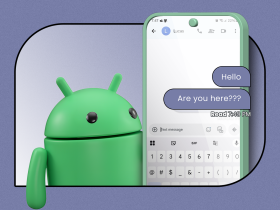
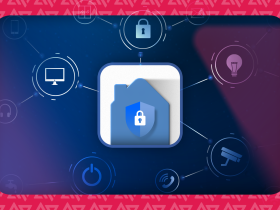
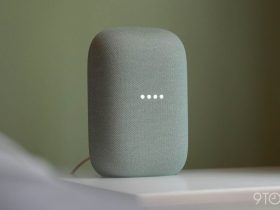
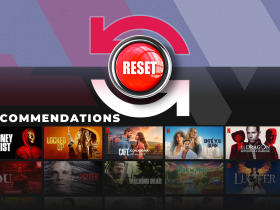
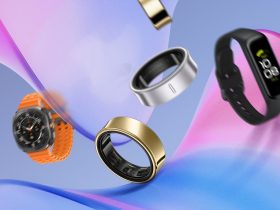

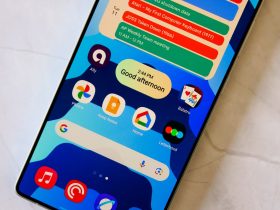


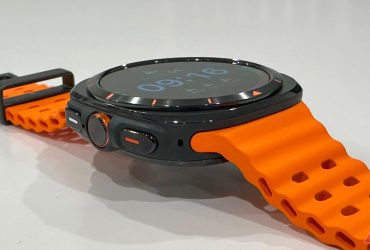
Leave a Reply
View Comments